Digital Technics I. - KAXDT1EBNF
Academic year/semester: 2024/25/2
ECTS Credits: 6
Available for: Only for the faculty’s students
Lecture hours: 2
Seminarium:0
Practice: 0
Laboratory: 0
Consultation: -
Prerequisites: none
Course Leader: Dr. Semperger Sándor
Faculty: Kandó Kálmán Faculty of Electrical Engineering, 1084 Budapest, Tavaszmező utca 17.
Course Description:
This course will give an overview of the basic concepts and applications of digital technics, from Boolean algebra to microprocessors. The aim is to acquaint the future electrical engineers with the fundamentals of digital technics, with the digital circuits, and with their characteristics and applications. In the course of three-semester lectures, classroom-tutorials and laboratory exercises the future electrical engineer should acquire solid knowledge and sufficient proficiency in the functioning, operation, design and applications of digital systems
Competences:
Topics:
Fundamental concepts of digital technics and of logic networks. Specific characteristics ofdigital technics. Digital (binary) representation.
Introduction to and applications of logic algebra. Description of logic connection: textual,algebraic form, truth table, logic diagram. Boolean algebra: axioms and theorems.Fundamental logic operations.
Logic functions, fundamental concepts. Two-variable logic functions. Fully and incompletelyspecified logic functions. Canonic forms of logic functions. Disjunctive (sum-of-products,SOP), conjunctive (product-of-sum, POS) canonic forms, minterms and maxterms.
Manipulation and transformation of logic functions. Graphic representation: Veitch diagramsand Karnaugh maps). The concept and methods of logic function minimization.
Numerical/tabular minimization, Quine-McCluskey algorithm. Graphic minimization,Karnaugh map and applications. Minimization of incompletely specifies logic functions.Symmetric logic functions, XOR logic. Simple design/synthesis examples.
Effect of signal propagation delays on the operation of combinational logic networks. Theconcept and relevance of hazards in logic circuits. Static hazards (glitches) and theirelimination. Functional hazards and their elimination.
Number systems, fundamentals. Binary numbers. Arithmetic operations in the binary numbersystems.
Codes and encoding, fundamental concepts. Numeric and alphanumeric codes. Pure binarycodes (direct, 1s complement, 2s complement codes. Arithmetic operations in 1s and 2scomplement codes. Tetrad codes, BCD codes. Arithmetic operations in tetrad and BCD codes.
Digital logic functional building blocks I. Encoders and decoders. Simple code changingcombinational circuits. Binary/BCD and BCD/binary decoders. Gray code, binary/Gray,Gray/binary decoders. Encoding: error detection and correction, parity bit.
Digital logic functional building blocks II. Multiplexers, demultiplexers, comparators,arithmetic elements, half-adder, full adder.
Combinational logic design examples. 1-bit model arithmetic logic unit (ALU), 4-bitcomparator, priority decoder, etc. Logic design using multiplexers.
Realization of combinational circuits using memory elements. Programmable logic devices,PLDs
Basics of sequential circuits. Flip-flops RS, JK, D, DG, and T types, properties, and operation.
Simpe sequential functional blocks, registers, counters. End-of-term review.
Assessment: The attendance of the lectures is compulsory. Students whose absence from lectures exceeds the limits stipulated in the Rules and Regulations of the University cannot be admitted to examination. The coursework comprises several home assignments and a written mid-term test. Home assignments should be prepared according to the deadlines set. The condition for admission to examination, besides the above rules concerning lecture attendance, is the submission of all home assignments and at least a pass mark (2) in the test. The results of home assignments and of the test will be appropriately incorporated in the final grade. Weighing (app.): home assignments results 20 %, mid-term test result 20%, and exam paper 60 %.
Exam Types:
Written Exam
Compulsory bibliography:
Recommended bibliography: Any good recent English language textbook. Arató Péter: Logikai rendszerek tervezése, Tankönyvkiadó, Budapest, 1990, Műegyetemi Kiadó 2004 Zsom Gyula: Digitális technika I, Műszaki Könyvkiadó, Budapest, 2000, (KVK 49-273/I). (Can be found on and downloaded from the internet.) Rőmer Mária: Digitális technika példatár, KKMF 1105, Budapest 1999. Gál Tibor: Digitális rendszerek I, II, Műegyetemi Kiadó, Budapest, 2002, 2003 Benesóczky Zoltán: Digitális tervezés funkcionális elemekkel és mikroprocesszorokkal, Műegyetemi Kiadó Budapest, 2006.
Additional bibliography:
Additional Information: Balázs Kovács: Digital technics I (course materials for 1 st year English language course), available in the University E-learning (Moodle) system



